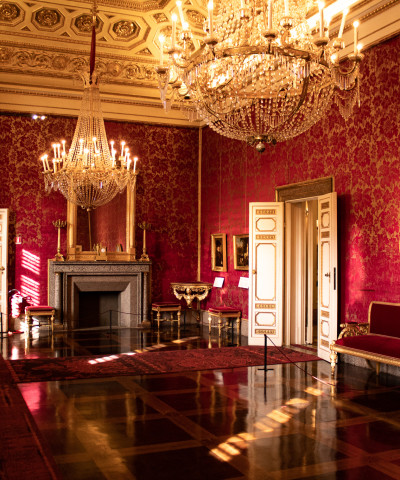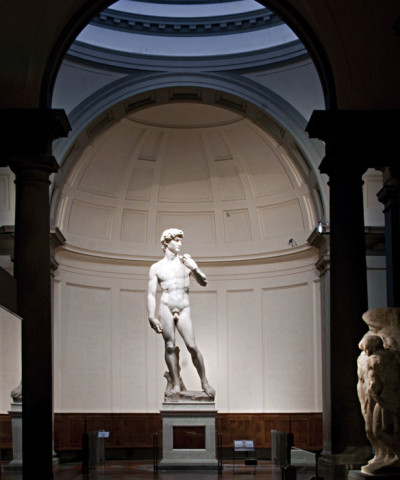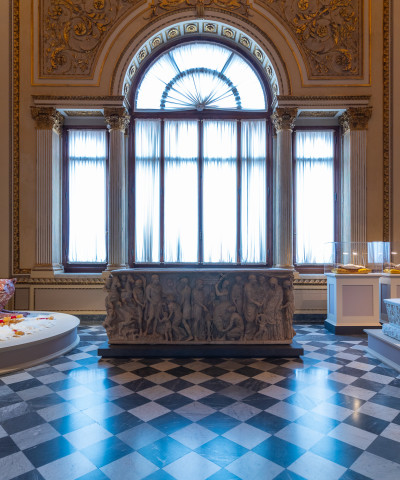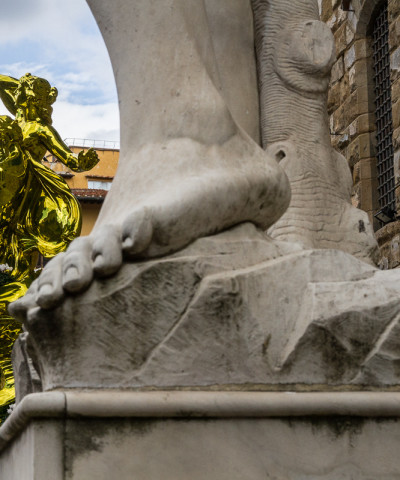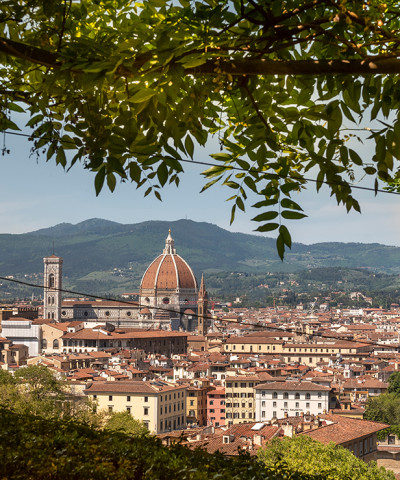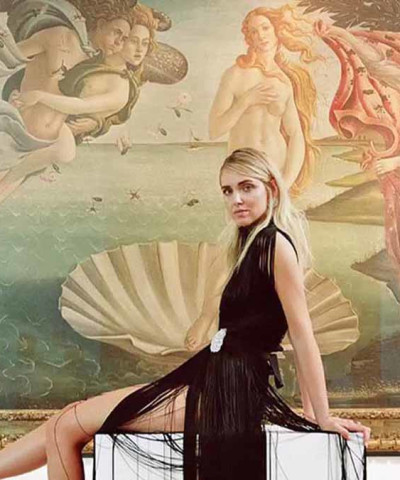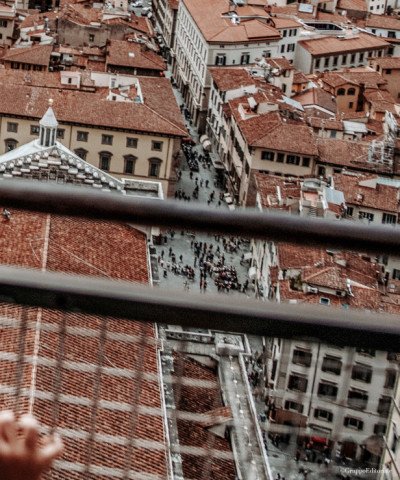Spiritual masterpieces
Geatest works of art in the Florentine churches deeds and misdeeds
If to say that you know a life in Florence is not enough, certainly a few hours are enough to guess the extent of its artistic and cultural heritage. Fruit also of rivalry: because in the city that considered itself the new Jerusalem, showing wealth by building churches and palaces was not only a personal pride but also a common good. So just walk around the center or browse in some church to find yourself face to face with the city's history and its illustrious characters.
So why not start from an antipope who instead of ending up in oblivion was honored with a rich and exclusive burial in the Baptistery? He was called Baldassarre Cossa and in 1410 he became Pope John XXIII. It was a bit of a turbulent time for the church, so that in the end Baldassarre lost his seat. But not before having appointed the Medici papal bankers. So how can we not fulfill a wish? And then a few years later Michelozzo and Donatello created the prototype of the Humanistic Tomb complete with a sarcophagus, Roman-style angels, curtains, capitals and a gilded bronze statue. That bronze that reflects the mosaic decoration of the dome of the Baptistery. Built on a Roman domus in an octagonal shape, which refers to the resurrection, it was also the most loved church by Dante who surely let himself be infected by the famous satanasso.
The impressive universal judgment is flanked by the stories of Genesis, by Joseph the Jew, by Jesus and by St. John the Baptist patron of the city. Baptistery that in the rich Florence was under the patronage of the merchants of Calimala, while the neighboring Santa Maria del Fiore, which began to take shape at the end of the '200, under the protection of the equally powerful, and rival, Arte della Lana.
The Duomo testified to the pride of republican freedom and its power. It was therefore to be the largest church of all and was to pay only those who had contributed to the city's independence. So here, instead of prelates, soldiers were buried there. Like that John Hawkwood, Giovanni Acuto for the Florentines, English mercenary, first in the pay of Pisa and then of Florence where he died as a baronet in 1394. And Paolo Uccello in 1436 portrayed him on horseback with his command stick and a profile view like the great leaders.
The colors refer to bronze and the perspective games make it three-dimensional. Bizarre? Not exactly. If you go to the Piazza della Signoria from the Duomo you can't miss the squat and imposing Orsanmichele. Of Lombard origins, it was the granary and church of the city's guilds. Strategically halfway between religious and political power, it is a sculpture manual. In fact, in the 14 external niches there are statues of the patron saints of 14 of the 21 Arts created between the end of the '300 and the beginning of the' 600. Even if the most significant remains the San Giorgio that Donatello sculpts in 1416, thus inaugurating the long Renaissance season with the classic posture, the concentrated gaze of a young natural portrait and the scene in the predella where he crushed it, used here for the first time since Roman times, it gives a perspective effect.
Many claim that the real father of the Renaissance was Giotto, who lived almost a century earlier. The only way to be sure of it is to go to Santa Croce where two adjoining chapels, Bardi and Peruzzi, tell us how already at the dawn of the '300 Giotto was able to paint views, give expression to faces, body to figures using chiaroscuro. The church, built by Arnolfo di Cambio for the Franciscans, then became the mausoleum of illustrious Italians. The stories, dedicated to the respective patron saints of the two banker families Giovanni Battista and Evengelista for Peruzzi and Francesco for the Bardi, inspired the protagonists of the '400.
Last but not least Masaccio, which we find in the rival church: Santa Maria Novella where before leaving Florence he realizes the Trinity, a perfect three-dimensional work. In the citadel of the Dominicans there is also the mother of all comics: the Cappellone degli Spagnoli, the chapter house transformed by Eleonora di Toledo for her entourage, where Andrea di Bonaiuto, in the mid-1300s, frescoed the activity of the friars transformed here into Dalmatian dogs and committed to defending good Christians from the attack of hordes of angry wolves, the heretics. And in another beautiful comic book, in the Brancacci Chapel in Santa Maria del Carmine, Masaccio joins Masolino in the decoration of the stories of San Pietro, protector of the rich family of silk merchants.
They work in harmony, but where Masolino is still late Gothic, Masaccio is powerfully Renaissance: the pain mixed with the shame of Adam, the dismay of Eve, the determination of the angel in driving them out of Eden. What a disturbing realism! It is here that Vasari tells that Pietro Torrigiano hit Michelangelo with his fist, crushing his nose forever: student rivalry. And it will be in the nearby Augustinian church of Santo Spirito, the last of Brunelleschi, who years later Michelangelo will find acceptance. They allow him to dissect the corpses and he thanks them with a small Crucifix (his only work in wood of which there is certainty). The ephebic body of the Christ that rotates slightly on its axis seems to have been taken up by a small deceased. Michelangelo will be followers, and Pontormo is one of the most fascinating. His Deposition in Santa Felicita, one of the oldest churches, is one of the most significant examples of the '500.
Pontormo, using the basic and gaudy colors of Michelangelo, plays with the shining lights that give the painting that touch of sculpture, while the bodies move naturally in space. It is not less Rosso Fiorentino than in San Lorenzo, the Medici church and formerly the cathedral, which in a participant Matrimonio della Vergine chooses a young man for San Giuseppe. Too easy, he would have said, to abstain from old ...










